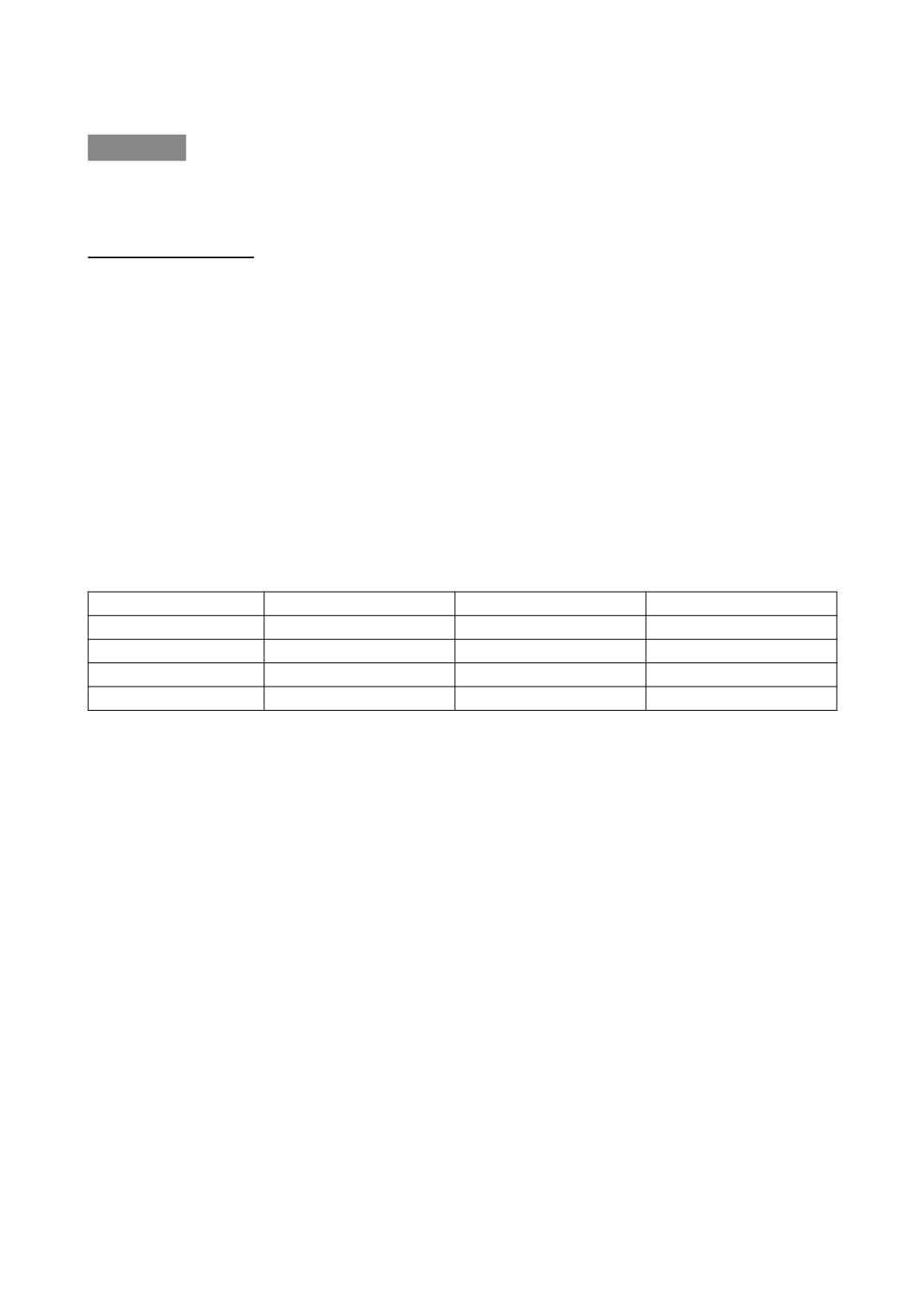

148
29
th
CONGRESS OF THE ESPU
16:26–16:29
S19-7 (PP)
PROGRESSION OF THE CYSTOGRAM APPEARANCE
OF PUV BLADDERS
Ewan BROWNLEE, Ruth WRAGG, Harish CHANDRAN, Andrew ROBB and
Liam MCCARTHY
Birmingham Children's Hospital, Department of Paediatric Urology, Birmingham, UNITED KINGDOM
PURPOSE
Cystogram appearance of obstruction in PUV bladders is well recognized, but what happens to this
after relief of obstruction? Is this predictive of outcome? We aimed to quantify bladder appearance
(using the published SWRD score) prior to initial treatment, then at 6 years age, and correlate this
with need for subsequent intervention.
MATERIAL AND METHODS
Boys were identified from a PUV clinic: date of birth, date of initial and subsequent imaging were
recorded. Date(s) of later interventions (after initial valve incision), were recorded. Initial and 6-year
follow-up appearance were quantified by SWRD score, bladder neck (BN) appearance, VUR were
recorded. 3 blinded observers scored bladders, scores averaged. Data was median (interquartile
range), analysis by Spearman Correlation, Wilcoxon matched-pairs test, Mann-Whitney U-test,
Fisher exact test, P<0.05 taken as significant.
SWRD Score
0
1
2
Shape
Normal
Irregular
Grossly Distorted
Wall
Normal
Trabeculated
Grossly Trabeculated
Reflux
None
Non-dilating
Dilating
Diverticulum
Absent
Present
Niyogi et al, Journal Pediatric Urology; 2017: 13(3), 265.e1-e6
RESULTS
24 boys had initial and follow-up cystograms available. Age at initial cystogram and follow-up
was 8(4–45) days, and 6.4(5.1–7.0) years. Later intervention was needed in 9 (Mitrofanoff pro-
cedure). Appearance improved from initial cystogram to follow-up, SWRD score 3.3(2.1–5.0) vs.
0.8(0.1–1.0), P<0.0001. VUR improved significantly, 0.67(0–2) to 0(0–0), P<0.001. 13 BN were
open initially, all closed at follow-up, P<0.0001.
Initial cystogram appearance was no different in those requiring later intervention vs. no intervention,
3.3(2.3–5.0) vs. 3.0(1.7–5.7), P=0.8. However, follow-up appearance was significantly different,
1.0(0.8–3.3) vs. 0.3(0–1.3) respectively, P<0.01.
CONCLUSIONS
This report quantified the change in cystogram appearance in PUV bladders: Bladder appearance
improved, open bladder necks closed, VUR improved. Early cystogram appearance didn’t correlate
with late deterioration, but follow-up appearance did.











